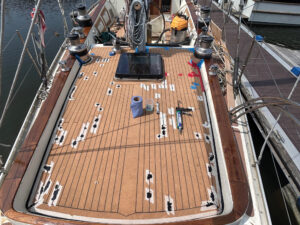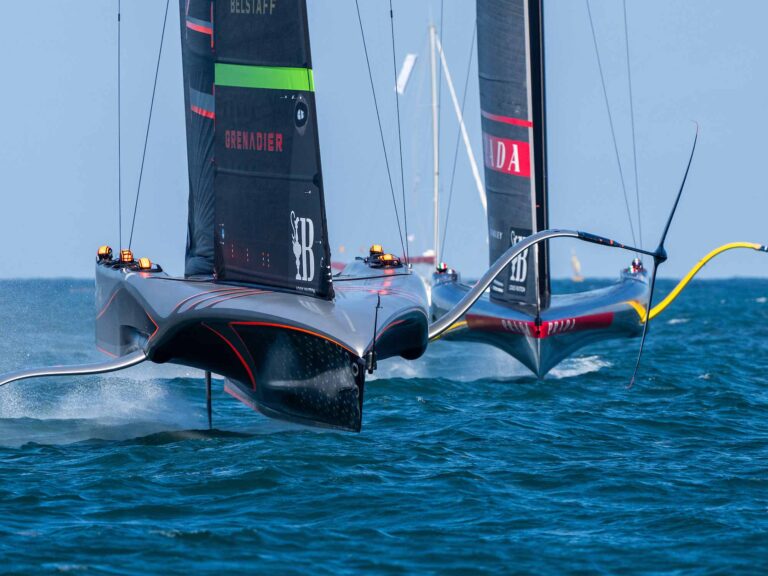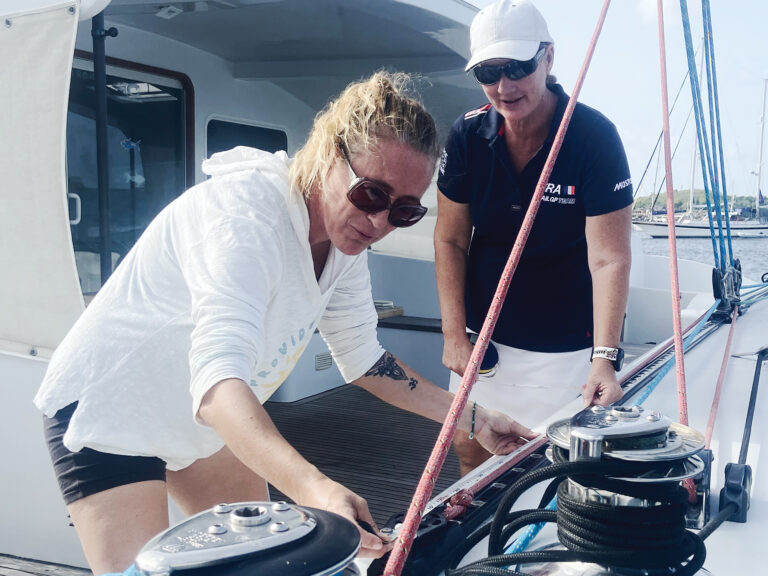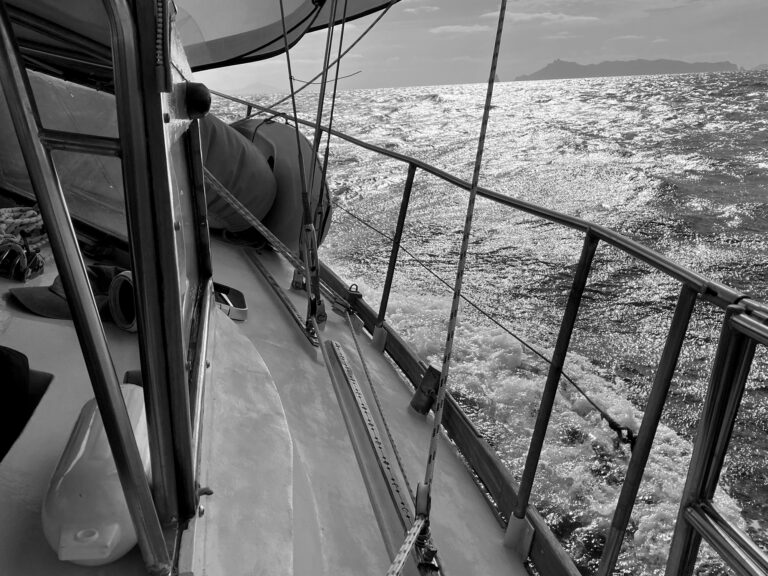
coolant pellet 368
Much like the thermostat on the wall of your home or apartment, your diesel engine’s thermostat has one mission in life: to regulate the cooling system’s temperature.
Maintaining a manufacturer’s specified engine temperature is crucial because it can have a significant impact on fuel economy, engine longevity, and exhaust emissions. The fact is, the hotter an engine runs, particularly a diesel engine, the more complete is its combustion process and, thus, the more efficient and cleaner it runs. You’ve noticed, no doubt, that diesel engines tend to run smoky when they’re first started. This is normal, even for engines that are in a proper state of tune, provided that the smoke diminishes once the engine warms up.
Thermostats are small, finely balanced machines that live a hellish existence within a stream of highly pressurized, nearly boiling-ideally-coolant. The opening and closing of the thermostat regulates coolant flow and, thus, temperature. A thermostat is essentially a small copper cup packed with a pellet consisting of a mixture of wax and powdered metal. As this pellet warms and expands, it drives a piston that opens a valve at the bottom of the cup, allowing coolant to flow; this coolant is cooled by the heat exchanger in a freshwater system. The cooler coolant then causes the pellet to contract, closing the valve and slowing the flow of coolant, which causes the pellet to heat up once again.
A state of equilibrium is eventually achieved in which the thermostat typically remains partially open, provided that the engine’s load is constant. If you’re idling dockside, chances are good that the thermostat is completely or nearly closed. If, on the other hand, you run aground on a falling tide and you pour on the coal, the engine will generate much heat, which the thermostat will perceive and then open itself all the way. The thermostat’s operation in an engine cooled by raw water is essentially the same, with seawater acting as the coolant.
If you were to remove the thermostat from your engine, it would either run cool-and quite inefficiently-at somewhere around 130 F, or it might overheat. If it runs too cool, this can lead to carbon fouling of rings, valves, and the lube oil. The reason for overheating is that the thermostat helps to direct coolant along a specific path of ports throughout the engine. With the thermostat removed, the coolant may fail to flow in the desired direction and may not cool some areas sufficiently. Therefore, if you are experiencing chronic overheating, resist the temptation to operate the engine sans thermostat.
Most thermostats have a small hole called the bleed notch or jiggle pin. This feature allows some coolant to flow past the thermostat even when the engine is cold in order to provide coolant to areas that require it immediately upon startup, such as the exhaust manifold and cylinder walls. Remember, the temperature within the combustion chamber is typically in excess of 1,000 F as soon as the engine begins to run.
Like most engine components, thermostats require servicing or replacement. If you replace your coolant every two years, you can expect your thermostat to remain reliable for five to six years. Thermostats used in engines cooled by raw water, which are rare these days, should be replaced more often, perhaps annually or every other year. Thermostats are relatively inexpensive, so it’s not unreasonable to replace them either at every second or third coolant-service interval or every four to six years. Make sure the replacement is an exact duplicate; this means that the size, configuration, and temperature rating of the new thermostat must match those of the original.
Steve D’Antonio is a regular Cruising World contributor who offers services for vessel owners, boatbuilders, and others in the marine industry through Steve D’Antonio Marine Consulting (www.steved
marineconsulting.com).








